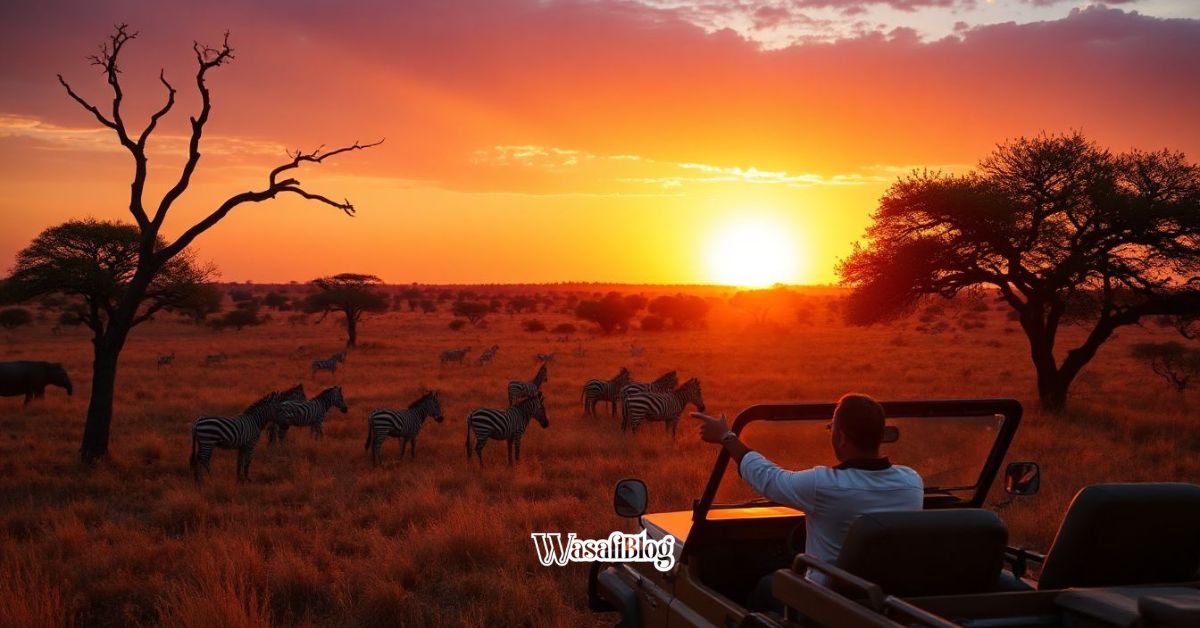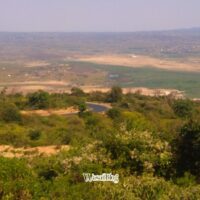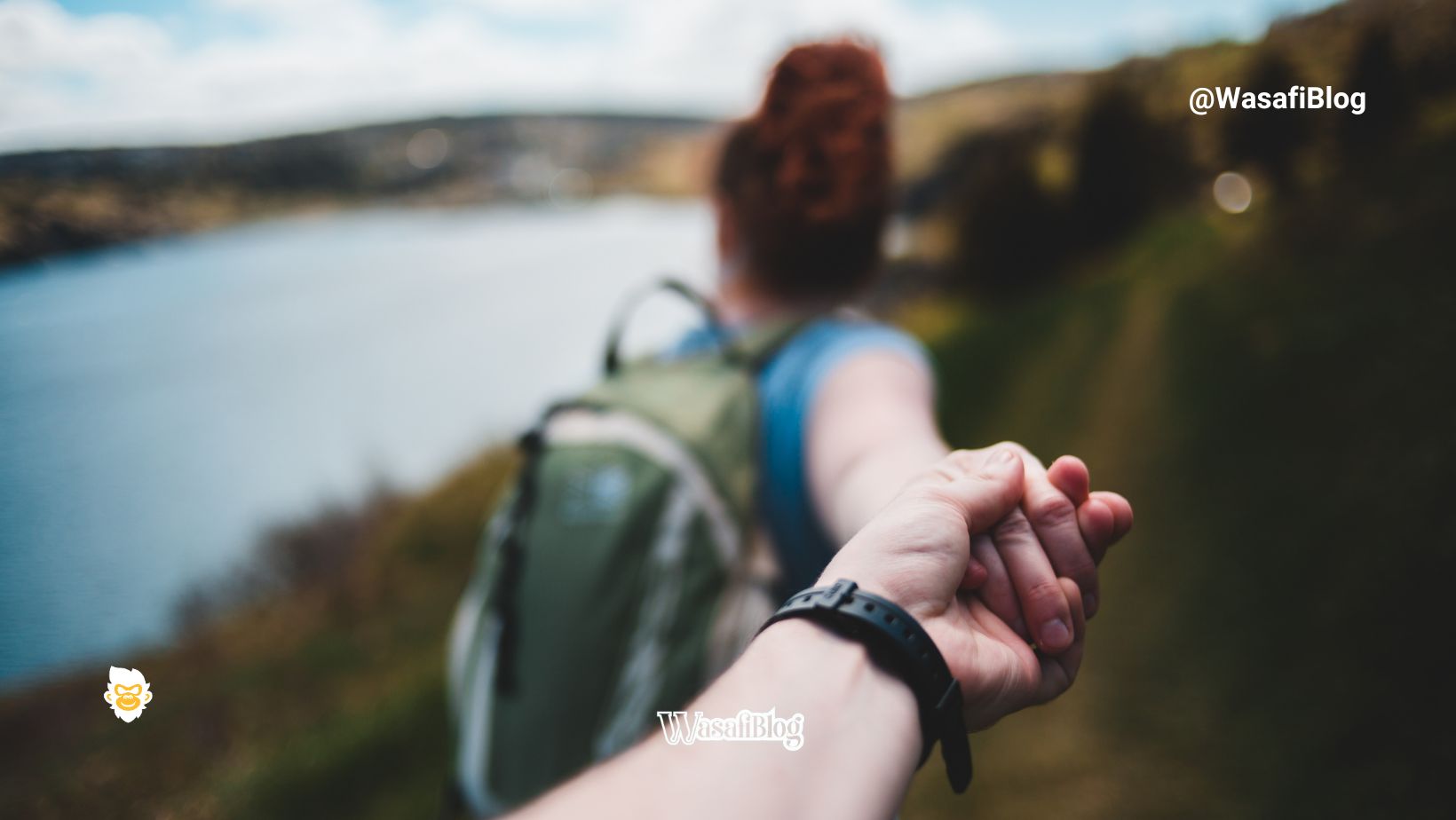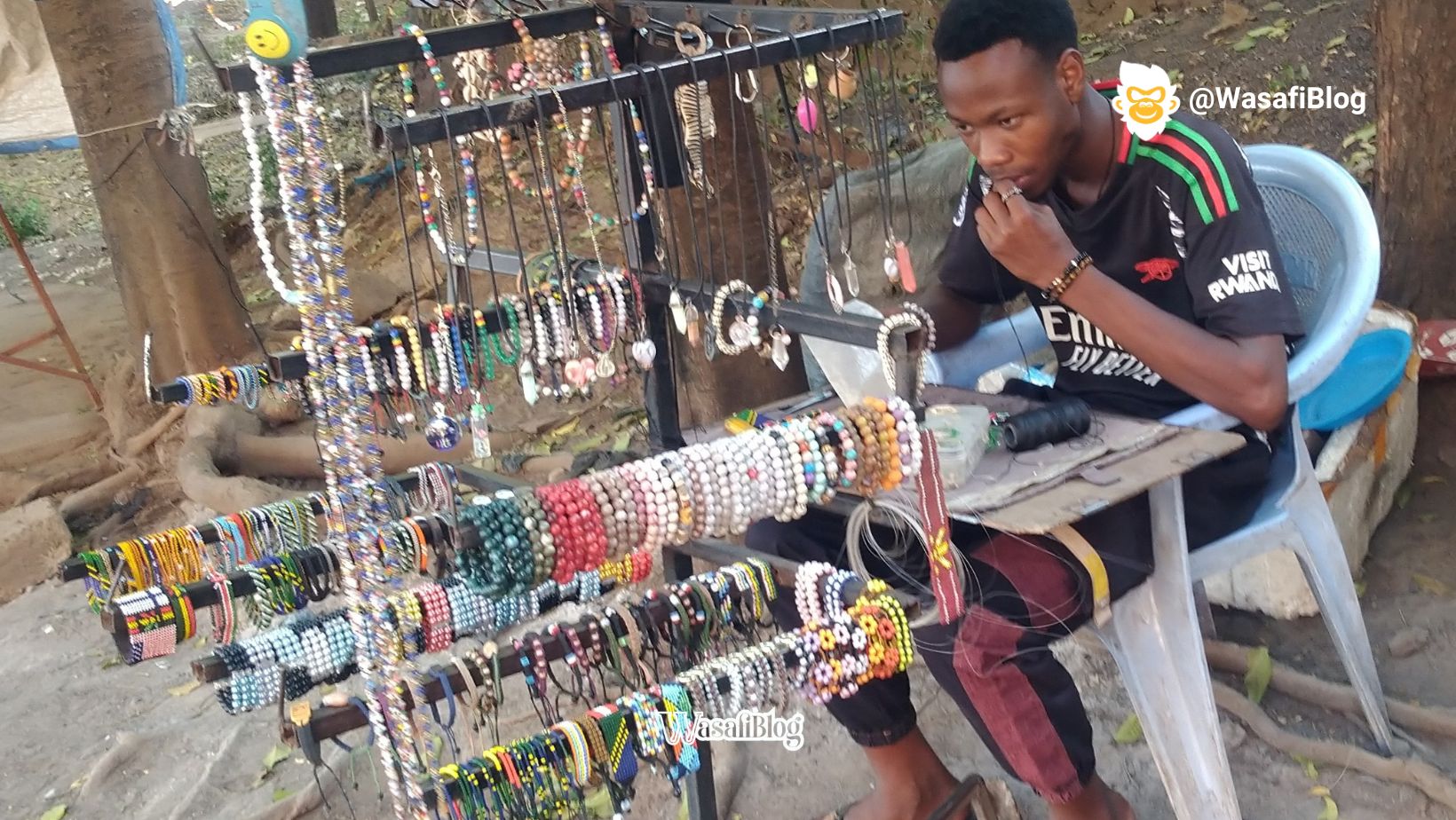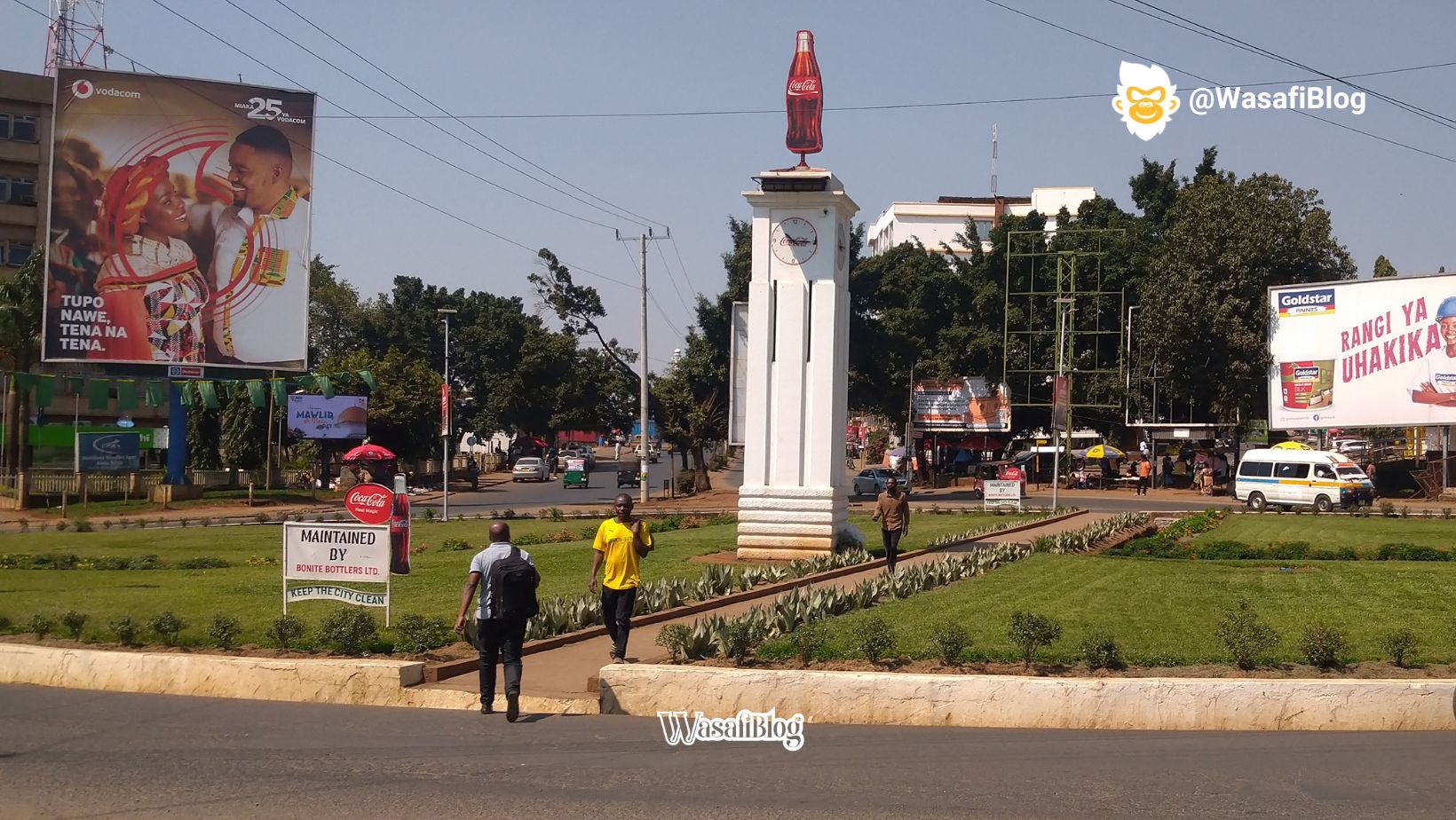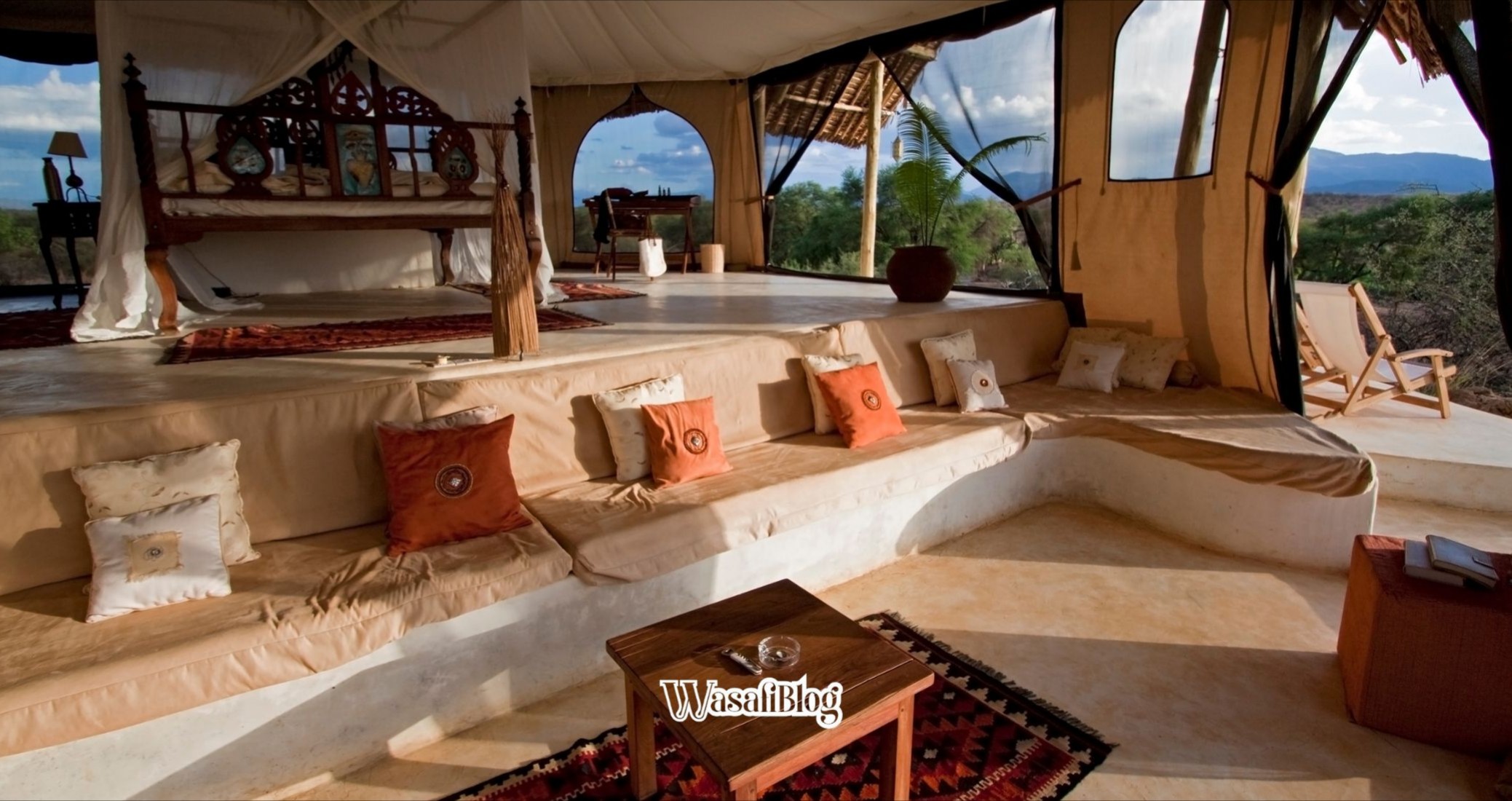Choosing Kilimanjaro footwear might seem straightforward. Just grab some hiking boots, right? However, the diverse terrain and extreme altitude changes demand a more nuanced approach. From the lush rainforest base to the arid alpine desert, your feet will encounter many conditions.
The frigid arctic summit zone presents its own challenges. Understanding the specific requirements for each stage of the climb is necessary. Knowing the features to look for in high-altitude trekking boots is paramount.
Best Kilimanjaro Footwear Guide: Conquer Africa’s Tallest Peak in Comfort
The allure of the Roof of Africa, draws adventurers from across the globe. Scaling this majestic dormant volcano isn’t just a physical challenge; it’s a test of preparation. No piece of gear is more critical than your Kilimanjaro footwear.
The right boots will cushion your steps, protect against the weather elements, and prevent blisters that can derail your ascent. Ill-fitting or wrong footwear can turn a dream climb into a painful ordeal.
This travel guide will equip you with the knowledge to choose the perfect Kilimanjaro boots. It will ensure a safer, more comfortable, and ultimately successful summit experience.
Understanding Kilimanjaro’s Diverse Terrain and Climate
Kilimanjaro is a mountain of contrasts. Its varied environments directly impact the type of footwear required.
Each ecological zone presents unique challenges. These range from slippery mud to loose scree and icy slopes. Understanding these conditions helps in selecting boots.
They need to offer appropriate traction, support, and protection throughout the entire trek.
The Rainforest and Lower Slopes: Mud and Humidity
The first parts of the climb pass through dense rainforest. This area sees frequent rain and high humidity.
You will encounter a lot of mud, especially after a downpour. Tree roots and wet rocks can also be very slippery.
Your boots must be waterproof to keep your feet dry. They also need to be breathable to let sweat escape. Good traction is vital for navigating the muddy, uneven ground.
Choose boots that prevent water from getting in. This keeps your feet comfortable and ready for the climb ahead.
The Moorland and Alpine Desert: Dry and Rocky
As you climb higher, the landscape shifts. You move into drier, more open moorland and then the alpine desert. This terrain features loose scree and volcanic rock. There is also more sun exposure.
Ankle support is crucial here to prevent sprains on uneven surfaces. Your boot materials must be durable to stand up to abrasive rocks.
Good breathability helps keep your feet comfortable during longer trekking days.
The Arctic Summit Zone: Cold and Ice
The highest parts of Kilimanjaro are extremely cold. This is especially true on summit night. You will find frost, ice, and freezing temperatures. The conditions can be harsh and unforgiving.
Insulated footwear is very important for staying warm. Your boots need excellent traction on icy patches.
You might also need to add microspikes for better grip. Protecting your feet from strong winds and extreme cold is vital for your safety.
Essential Features of Kilimanjaro Trekking Boots
Picking the right boot means looking closely at specific features. These features help with performance and comfort at high altitudes. These are not your average hiking boots. They are made for long use in tough places.
Material Matters: Durability, Breathability, and Waterproofing
The materials in your boots make a big difference. Full-grain leather offers great durability and water resistance. However, leather boots can be heavier and need time to break in.
Synthetic materials like nylon or polyester are lighter and dry faster. They might not offer the same long-term durability as leather.
A waterproof and breathable membrane, like Gore-Tex, is key. It keeps your feet dry from outside moisture. It also lets sweat vapor escape. This prevents your feet from getting soggy from the inside out.
Support and Stability: Ankle and Arch Protection
Robust support is a must for Kilimanjaro. Mid-to-high cut boots are essential for ankle stability. They help prevent injuries on uneven ground. Stiff soles give good support on rocky trails.
They also reduce foot fatigue over long distances. Good arch support is also crucial. It helps prevent foot strain and conditions like plantar fasciitis.
Do your feet hurt after a long walk? Proper arch support can make a huge difference on Kilimanjaro.
Traction and Grip: Outsole Design
The outsole of your boot provides grip. Look for deep, multi-directional lugs. These offer optimal traction on mud, loose scree, and rock. High-quality rubber compounds, like Vibram, are known for being durable and sticky.
A heel brake is also helpful. This is a distinct heel on the sole. It provides more control during steep descents. This helps you stay steady when walking downhill.
Fit and Comfort: The Non-Negotiable
A proper fit is perhaps the most important thing. Always try on boots in the afternoon. Your feet swell a bit during the day. Wear the type of thick trekking socks you plan to use.
You need at least a finger’s width of space between your longest toe and the front of the boot. Check this when standing with the boots unlaced.
There should be minimal to no heel lift. Your heel should not slide up and down inside the boot. This is crucial for preventing painful blisters.
Learn different lacing techniques. You can adjust the fit for different parts of your foot. This helps if you have hot spots or pressure points.
Recommended Kilimanjaro Boot Types
While specific brands and models change, certain types of footwear are always good for Kilimanjaro treks.
High-Altitude Trekking Boots
High-altitude trekking boots are the top choice for Kilimanjaro. They are designed for tough, long-duration climbs. These boots typically have a mid-to-high cut for excellent ankle support.
They feature sturdy construction for durability. Some options include insulation for added warmth.
Many reputable brands make quality mountaineering and trekking footwear. Look for names known for their strong, reliable boots. These boots blend comfort with the ruggedness needed for diverse mountain terrain.
Insulated Mountaineering Boots (for specific routes/times of year)
For colder seasons or more challenging routes, insulated mountaineering boots might be better. These boots offer greater warmth and protection from extreme cold.
They are often stiffer and more robust than standard trekking boots. However, they can be heavier and less flexible. This might require a longer break-in period.
Consider these if you are climbing during the coldest months. They are also good if your tour operator suggests them for specific conditions.
Essential Kilimanjaro Footwear Accessories
Beyond the boots themselves, several accessories are vital. They play a big part in foot care and performance on Kilimanjaro.
High-Quality Trekking Socks
Socks are just as important as your boots for preventing blisters and managing moisture. Choose materials like merino wool or synthetic blends.
Avoid cotton socks. Cotton absorbs sweat and stays wet, which leads to blisters. Mid-weight to heavyweight socks offer warmth and cushioning. Make sure they fit snugly but aren’t too tight.
They should not bunch up inside your boot. Pack many pairs of socks. Change them daily or whenever your feet feel damp. This simple act helps keep your feet dry and healthy.
Gaiters
Gaiters are protective covers for your lower legs and the tops of your boots. They keep out mud, scree, water, and snow.
They are very useful, especially in the wet rainforest and on dusty, scree-filled trails.Mid-length gaiters are usually fine for Kilimanjaro.
Make sure they fit well over your chosen boots. They should create a good seal. This stops small rocks and debris from entering your footwear.
Foot Care and Blister Prevention
Taking care of your feet during the trek is crucial. Blisters can ruin your climb. Pack moleskin or blister bandages. Apply them proactively to any hot spots you feel. Don’t wait for a blister to form.
Carry antiseptic wipes to clean your feet each evening. This helps prevent infections.
As a seasoned guide once said, “Proper foot care, including daily checks for hot spots and immediate application of moleskin, is crucial for preventing debilitating blisters on a long trek like Kilimanjaro.”
Make foot inspection and care a ritual every night. This simple habit will make a huge difference.
Breaking In Your Kilimanjaro Boots
Buying the right boots is only half the battle. Making sure they fit perfectly needs a thorough break-in period.
The Importance of a Break-In Period
Starting a climb with brand-new, stiff boots is a recipe for disaster. New boots need time to soften and mold to your foot shape.
This process helps prevent hot spots and pressure points during your trek. Breaking in your boots helps you find any fit issues before you’re on the mountain.
Typically, boots need at least 50 to 100 miles of wear to break in properly. This allows the materials to become more flexible. It also helps your feet adapt to the boots.
Gradual Wear-In Process
Start breaking in your boots with short walks around the house. Wear them for an hour or two at a time. Then, move to day hikes on varied terrain. This prepares your feet for different surfaces.
Include longer hikes with a weighted pack. This simulates the conditions you’ll face on Kilimanjaro. Wearing your boots on weekend hikes, during errands, and even around the house can significantly help the break-in process.
This steady use helps them conform to your feet. It helps you avoid nasty surprises on the mountain.
Final Checks and Summit Night Footwear
As your climb nears, some final checks are essential. This is especially true for the demanding summit night.
Pre-Climb Boot Check
Just before your trip, inspect your boots closely. Look for any wear and tear. Check the soles, stitching, and laces.
Waterproof any seams if necessary. Re-treat the outer material with a waterproofing spray if needed.
Ensure your laces are in good condition. Consider carrying a spare pair. A broken lace on the mountain is not something you want. This quick check helps avoid last-minute issues.
Summit Night Considerations
Summit night brings extreme cold and potential ice. You might want to add insulated liners or use thicker socks.
These add an extra layer of warmth. For some climbers, bringing a separate pair of very warm, insulated boots for the summit night makes sense.
This is a good idea if your main boots are not enough for extreme cold. Robust camp booties can also provide warmth at high camps.
Be ready for ice. You might need to use microspikes or crampons if ice is expected. Your guide will tell you if these are needed. Make sure your boots are compatible with them.
Conclusion: Step Confidently Towards Your Summit
Your footwear is the foundation of your Kilimanjaro journey. Understand the mountain’s demands. Choose boots with the right features. Prioritize a perfect fit. Dedicate time to break them in. These steps set you up for success.
Investing in quality Kilimanjaro footwear is smart. Taking care of your feet throughout the trek is vital. This is not just about comfort.
It’s about safety. It’s about being able to fully embrace the incredible experience of reaching Uhuru Peak. Choose wisely. Prepare diligently. Step confidently towards the Roof of Africa.


